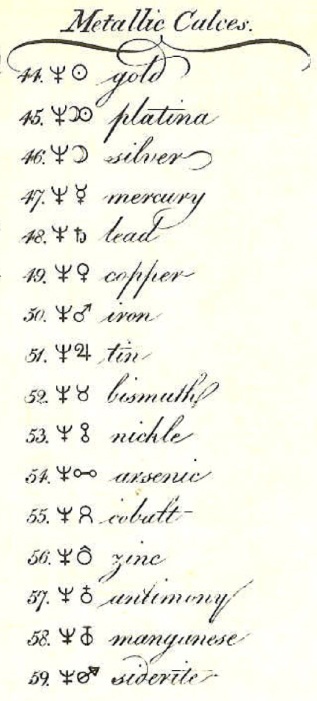Although most scientists today feel that alchemy has been widely discredited, and I have been taught to agree, the idea of it is whimsical and exhilarating. Of course, I don’t have a hope of changing the makeup of bismuth or transforming it into another metal, but in a modern way, it’s very interesting how bismuth can be used to change the properties of other metals significantly – through alloying.In my last post on bismuth, I outlined its physical properties, some of whichI findrather unusual.The main reason I originally researched bismuth was because of its viability for use as a low temperature Pb-free alloy.
BACKGROUND:
I'm not an alchemist like Newton, I can't transmute bismuth to gold like Seaborg, but I can use bismuth and metallurgy to transform an alloy.
I just read a fascinating article about Sir Isaac Newton titled, “Moonlighting as a Conjurer of Chemicals”. Newton is widely regarded as one of the most important people in the history of science, and he was very devoted to his work.The revelation in this article about the depth of his interest in alchemy left me somewhat awestruck.In my previous reading about Newton, I remember perhaps a mention of his interest in alchemy, but I guess I figured it was because science and alchemy, at that time, were fairly closely related.As scholars are starting to translate more of his diaries, they are discovering that his passion was alchemy and he saw it as the path to complete control over the natural world.
 I suppose if it was still socially acceptable to be an alchemist that is what I would have wanted to be; it just never seemed to be a viable option.What I have chosen to do now kind of makes sense considering chemistry/metallurgy is about as close as you can get nowadays.
I suppose if it was still socially acceptable to be an alchemist that is what I would have wanted to be; it just never seemed to be a viable option.What I have chosen to do now kind of makes sense considering chemistry/metallurgy is about as close as you can get nowadays.
Reading this article reminded me of some interesting information I had come across while researching bismuth a couple months ago; namely that, although bismuth wasn’t one of the seven central metals in alchemy, it has an "alchemical" symbol (#52 in the image to the left)and was frequently used, although it’s not known for what purpose.I also came across this bit of information:
“In 1980, a scientist named Glenn T. Seaborg was able to transmute a minute quantity of bismuth into gold at the Lawrence Berkeley Laboratory, via nuclear collisions.”
Seaborg is a fascinating scientist in his own right and discussion about him could fill quite a number of blog posts.Is it possible that alchemists underestimated bismuth and should have focused more on turning it into gold?
BACKTOMODERNTECHNOLOGY:
The eutectic alloy of 58Bi/42Sn has been used since the Pb-free transition as a low temperature (138°C liquidus) option for soldering products used at ambient temperatures – such as consumer electronics. Notethe low meltingtemperature of this alloy,despite the individual melting temperatures of bismuth and tin, 271°C and 232°C, respectively.Although bismuth is typically known to be quite brittle, this alloy has been shown to perform similarly to the SnPb eutectic solder (in response to a comment on my last post, for further data-based information, please feel free to contact me directly).In cases where more ductility is desirable, 1% silver can be added, further improving thermal shock and fatigue resistance.Perhaps the similarity in performance makes sense because of bismuth’s proximity (right next to) lead on the periodic table, although they differ in several other qualities such as toxicity.
The more I learn about bismuth, the more interested I become.Now if only I could find some in-depth alchemical information about it from Sir Isaac Newton.



